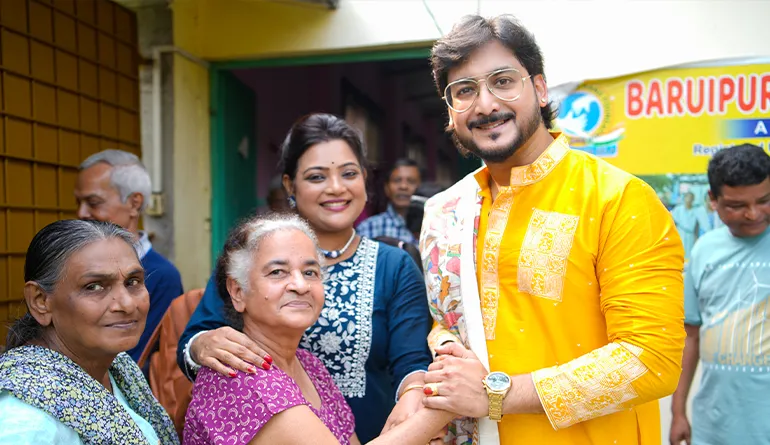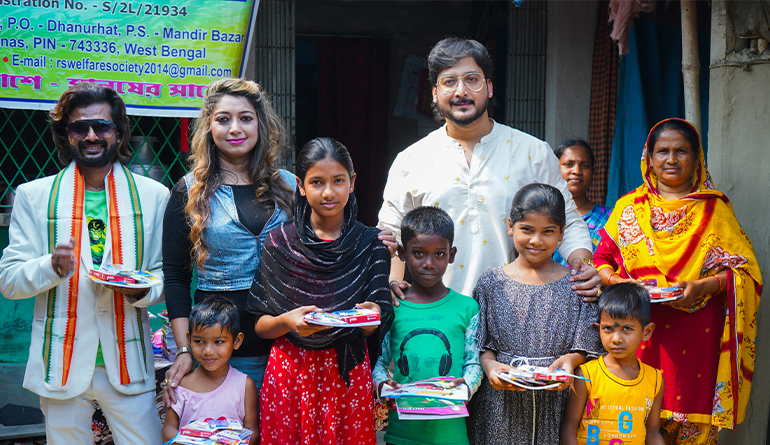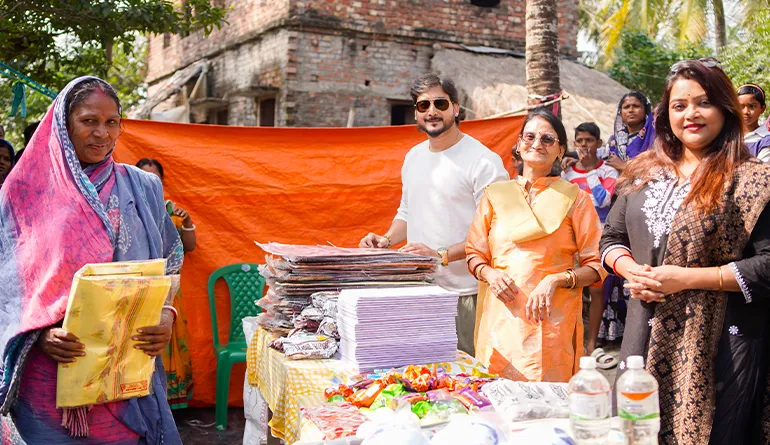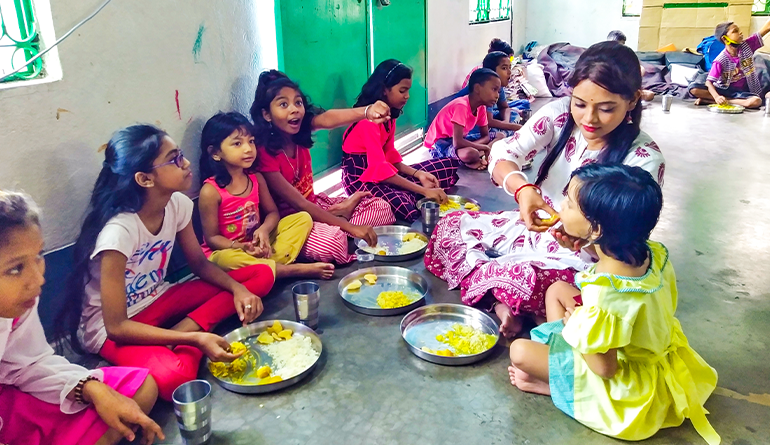Healthcare NGO West Bengal: Where Compassion Meets Crisis in the Heart of Rural India
When Cyclone Amphan's floodwaters swallowed Sundarbans villages in 2025, our mobile medical team waded through neck-deep water to reach 83-year-old diabetic patient Gopal Mondal—his insulin vial floating in the murky water, his sugar levels spiking to 580 mg/dL. Within minutes, nurses stabilized him with emergency injections while community health workers evacuated his grandchildren. This relentless commitment defines Nabatara Foundation's healthcare mission: delivering lifesaving interventions where infrastructure fails and hope dwindles.
The Healthcare Desert: West Bengal's Brutal Realities
Crisis Mapping
| Maternal Mortality: Tribal areas like Purulia report 210 deaths/100,000 births—double India's average |
| Child Health: 38% under-5 malnutrition in Murshidabad districts; 52% anemia in adolescent girls |
| Disease Burden: Arsenic poisoning affects 16 million across 9 districts; multidrug-resistant TB surges in Kolkata slums |
| Infrastructure Collapse: 72% subcenters lack doctors; 1 hospital bed per 2,500 people in Jangalmahal |
"Primary health centers in Sundarbans run on 3 Paracetamol strips and stethoscopes with broken diaphragms. During monsoon, even ghosts abandon these buildings."
Battleground Interventions
1. Emergency Response Arsenal
Monsoon Medics System:
- Aquatic Ambulances: 8 modified boats with ICU equipment for flood zones
- Disaster Triage Protocol: Color-coded wristbands prioritize patients during crises (red = immediate; green = wait)
2025 Impact: 3,200+ lives saved during Cyclone Amphan aftermath
Critical Gear:
- Portable dialysis machines (used for 47 snakebite victims in 2024)
- Solar-powered vaccine cold chains (-20°C stability for 72 hours)
2. Maternal & Child Health Revolution
Farakka Model Success:
| Problem | Solution | Result |
|---|---|---|
| 2019 neonatal mortality: 43.85/1,000 |
|
85% institutional deliveries; neonatal deaths ↓ by 37% |
3. Disease Elimination Campaigns
TB Control Framework:
| Component | Execution | Outcome |
|---|---|---|
| Detection | AI-powered cough analysis apps | 320 early diagnoses |
| Treatment | Directly Observed Therapy (DOT) volunteers | 89% cure rate |
| Support | ₹1,800/month nutrition stipends | Defaulters ↓ by 73% |
Survivor Chronicles
"In Kaliachak's riverine islands, I delivered babies by kerosene lamp for 20 years. When Nabatara trained me in hemorrhage control, I saved Rafiqa during obstructed labor using a uterine balloon tamponade—a technique I mastered on mangoes. Today, I mentor 32 midwives across 47 islands."
Anatomy of Impact: 2024-25 Dashboard
Quantifiable Change
| Indicator | Target | Achieved |
|---|---|---|
| Patients Treated | 50,000 | 68,300 |
| Villages Served | 120 | 166 |
| Child Mortality Reduction | 15% | 27% |
Financial Transparency
| Sector | % | Direct Impact |
|---|---|---|
| Medical Supplies | 38 | Medicines, equipment |
| Health Worker Stipends | 29 | 420 community health workers |
| Infrastructure | 18 | Clinic maintenance, ambulances |
Corporate-NGO Synergy
- Tata Steel: Funds 3 dialysis units in arsenic zones
- Zomato: Optimizes meal delivery for TB patients
- Apollo Hospitals: Telemedicine training for Sakhis









